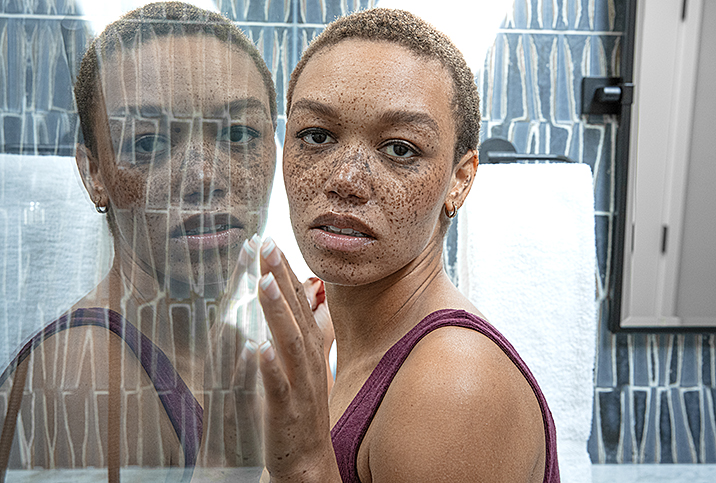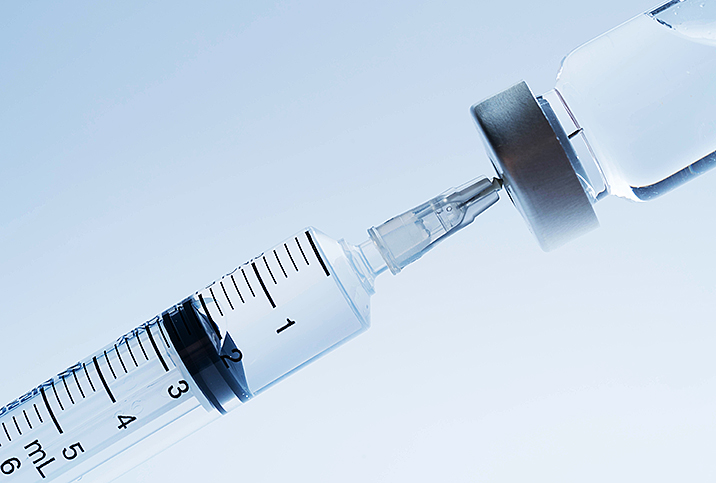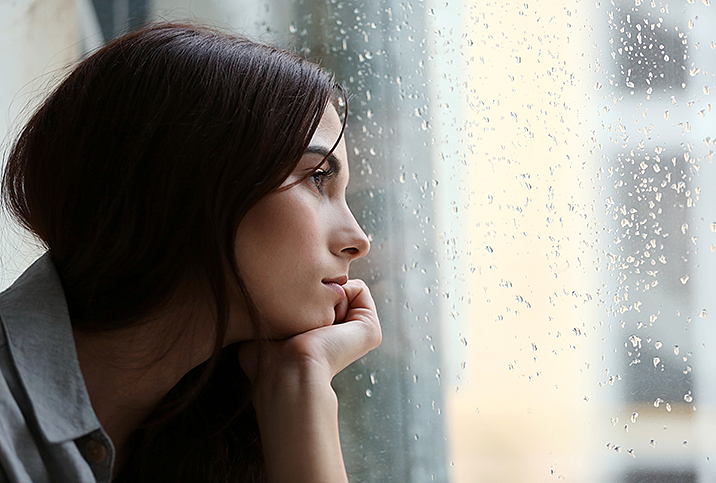Is the HPV Vaccine Safe?

HPV, also known as the human papillomavirus, is a serious health issue for women and men worldwide. When a person contracts HPV, they're at risk for numerous types of cancers (cervical, vulval, uterine, penile and more), genital warts and recurrent respiratory papillomatosis. Even with access to a vaccine, more than 80 percent of women and 45 percent of men will get the virus at some point in their lives. But why do people refuse to get the vaccine when it's been proven to significantly reduce the incidence of HPV contraction? Is it unsafe?
Reasons for public hesitation
A large number of Americans are skeptical of the HPV vaccine, and in many cases, the vaccine is refused by parents—not by the individual receiving the vaccine. The explanations below respond to some of the most common reasons why people are fearful or concerned about the HPV vaccine.
Parental refusal due to sexual connotation
One frequently cited argument against the vaccine comes from parents opposed to the idea of giving a prepubescent child a vaccine that protects against a sexually transmitted infection. Many are concerned that the vaccine would only encourage young people's sexual inclinations, though there is no proof of this correlation.
Safety concerns
Safety concerns are a top reason for not getting the vaccine, with fears ranging from other physical ailments the vaccine could cause to the old myth of vaccines contributing to autism. However, the safety of the HPV vaccine has been extensively documented.
Lack of confidence
Many people won't take medicines if they're not convinced of their efficacy or if they don't fully comprehend the risks of vaccination vs. nonvaccination. Experience tells us the more that people learn about and understand the dangers of HPV, the more willing they will be to take the vaccine.
Lack of doctor recommendation
Studies report that when doctors don't explicitly say that a person should get the HPV vaccine, their patients most likely won't do it, leading to a higher incidence of unvaccinated individuals. Both doctors and patients should discuss HPV, its potential harms and how the vaccine can greatly minimize the chance of infection.
The numbers behind vaccination
The Centers for Disease Control and Prevention (CDC) have monitored the effects and efficacy of HPV vaccines for more than 12 years. Thus, the results aren't limited to the kind of small sample size that can sometimes cause a lack of consumer confidence. Overall, studies show that the three main vaccines—Cervarix, Gardasil, and Gardasil 9—are all highly effective at reducing contraction of HPV (although Gardasil 9 is the only option available in the U.S.) and have only mild side effects.
The CDC's figures included the following findings for patients who are vaccinated:
- An 86 percent drop in genital warts and cancer-causing HPV among teen girls.
- A 71 percent drop in cancer-causing HPV and genital warts in adult women.
- A 40 percent drop in cervical cancer from HPV among all women.
Studies of men in regard to the HPV vaccination aren't readily available, but the CDC still recommends men get vaccinated.
Who can get vaccinated?
Although vaccinations were once only intended for boys and girls around the age of 11 or 12, the CDC has upgraded their guidelines. Now, people from 9 years old to 26 years old can get the vaccine. While the CDC doesn't necessarily recommend the vaccine for those over 26, the vaccinations have been approved for ages 27 to 45, especially anyone who may have a higher risk of infection. The vaccine is taken as two shots, spaced six months apart.
Don't live with the risk of HPV needlessly
With global health organizations behind the HPV vaccine for both men and women, the opportunity to prevent serious health problems lies in getting the vaccine early. For parents, this may take reflection about their child's future and weighing the risks of sexual activity. But the benefits of vaccination certainly outweigh the doubts, particularly when considering the good of all. The more people who are vaccinated, the safer we all are.


















